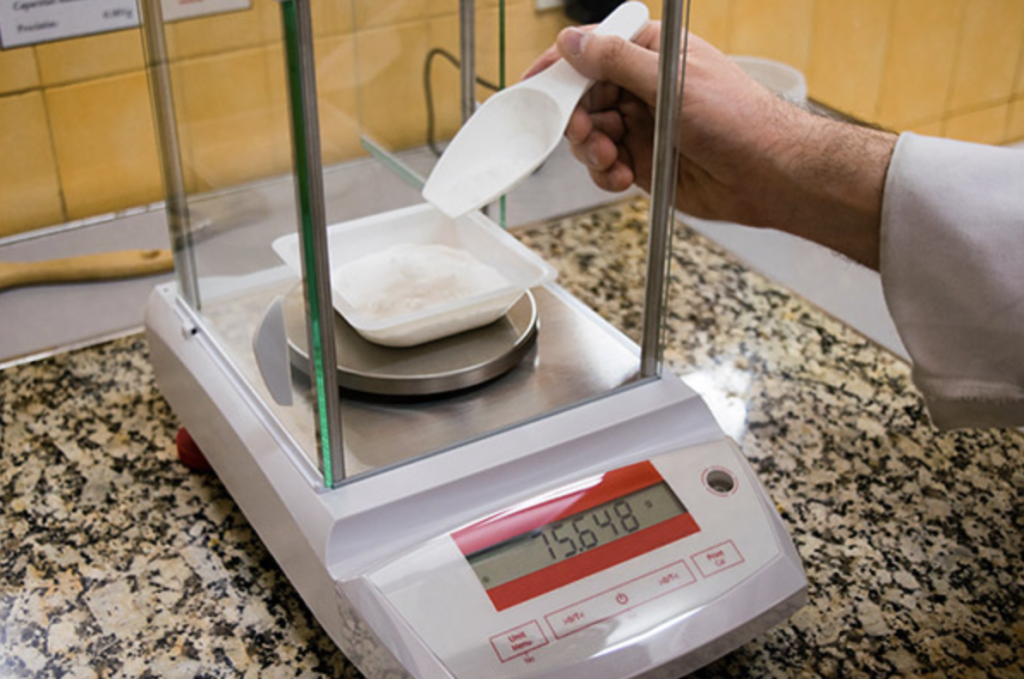Precision balances are essential tools for a variety of applications, from laboratories to pharmacies to manufacturing. When choosing a precision balance, it is important to consider the following factors:
- Capacity: The capacity of the balance is the maximum weight that the balance can measure. It is important to choose a balance with a capacity that is large enough to meet your needs.
- Readability: The readability of the balance is the smallest division that the balance can display. It is important to choose a balance with a readability that is accurate enough for your needs.
- Accuracy: The accuracy of the balance is the degree to which the balance’s measurements are correct. It is important to choose a balance with an accuracy that is sufficient for your needs.
- Price: Precision balances can range in price from a few hundred dollars to several thousand dollars. It is important to choose a balance that fits your budget.
Once you have considered the factors above, you can start to narrow down your choices. There are a number of different brands like Precision balance company and models of precision balances available, so it is important to do your research and compare different options. You can also talk to a sales representative to get help choosing the right balance for your needs.
Here are some additional tips for choosing a precision balance:
- Consider the environment in which the balance will be used. If the balance will be used in a dusty or humid environment, you will need to choose a balance that is designed for those conditions.
- Choose a balance that is easy to use. The balance should have clear instructions and be easy to operate.
- Choose a balance that is backed by a warranty. This will protect you in case the balance breaks or malfunctions.
By following these tips, you can choose a precision balance that is right for your needs.
Factors to Consider When Choosing a Precision Balance
When choosing a precision balance, there are a number of factors to consider, including:
- Capacity: The capacity of the balance is the maximum weight that the balance can measure. It is important to choose a balance with a capacity that is large enough to meet your needs. For example, if you will be weighing small quantities of chemicals, you will need a balance with a smaller capacity than if you will be weighing large quantities of food.
- Readability: The readability of the balance is the smallest division that the balance can display. It is important to choose a balance with a readability that is accurate enough for your needs. For example, if you need to weigh chemicals to the nearest milligram, you will need a balance with a readability of 0.001 grams.
- Accuracy: The accuracy of the balance is the degree to which the balance’s measurements are correct. It is important to choose a balance with an accuracy that is sufficient for your needs. For example, if you need to weigh chemicals to the nearest milligram, you will need a balance with an accuracy of +/-0.001 grams.
- Price: Precision balances can range in price from a few hundred dollars to several thousand dollars. It is important to choose a balance that fits your budget.
Types of Precision Balances
There are a number of different types of precision balances available, including:
- Analytical balances: Analytical balances are the most accurate type of precision balance. They are typically used in laboratories for high-precision measurements.
- Semi-analytical balances: Semi-analytical balances are less accurate than analytical balances, but they are still more accurate than precision balances. They are typically used in laboratories and pharmacies for general-purpose weighing.
- Precision balances: Precision balances are the least accurate type of precision balance. They are typically used in manufacturing and other industrial settings for general-purpose weighing.
- Place the balance on a stable surface. The balance should be placed on a level surface that is free from vibrations.
- Turn on the balance and allow it to warm up. Most balances require a few minutes to warm up before they can be used.
- Zero the balance. To zero the balance, place a weight on the balance pan that is equal to or greater than the balance’s capacity.
- Weigh your sample. Once the balance is zeroed, place your sample on the balance pan and wait for the balance to stabilize.
- Record the weight of your sample. The weight of your sample will be displayed on the balance’s display.
Precision balances are essential tools for a variety of applications. By following the tips in this blog post, you can choose the right precision balance for your needs and use it properly to ensure accurate measurements.

